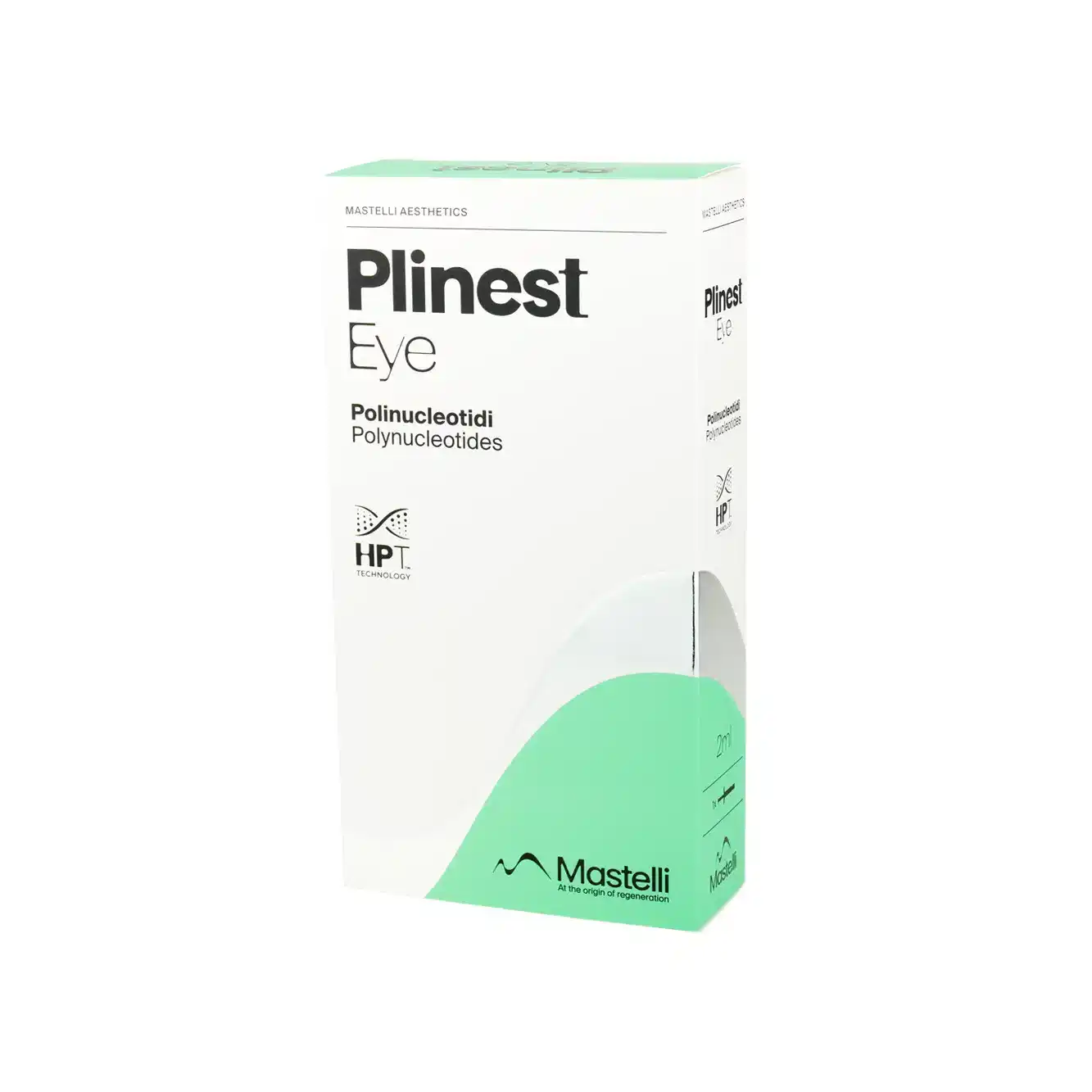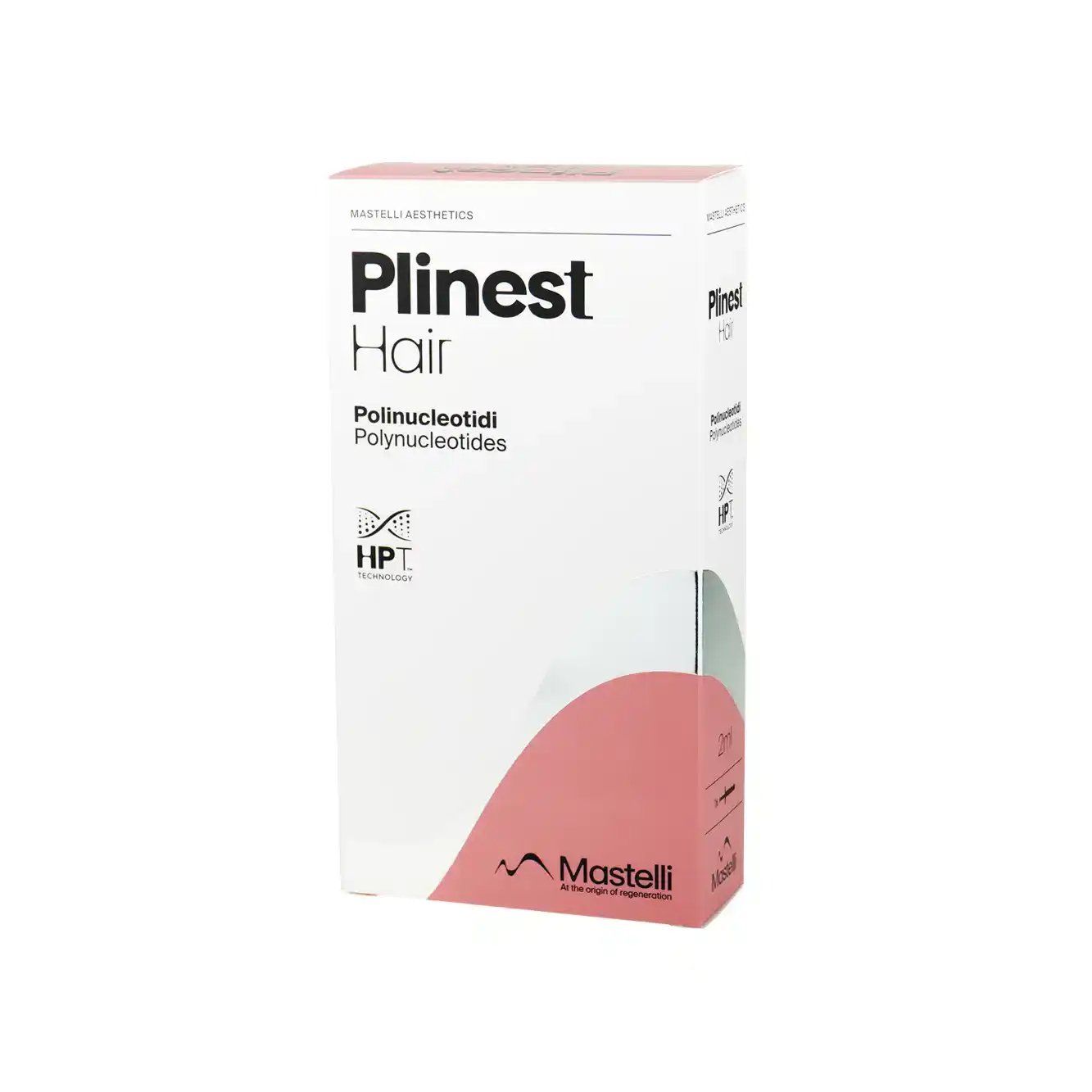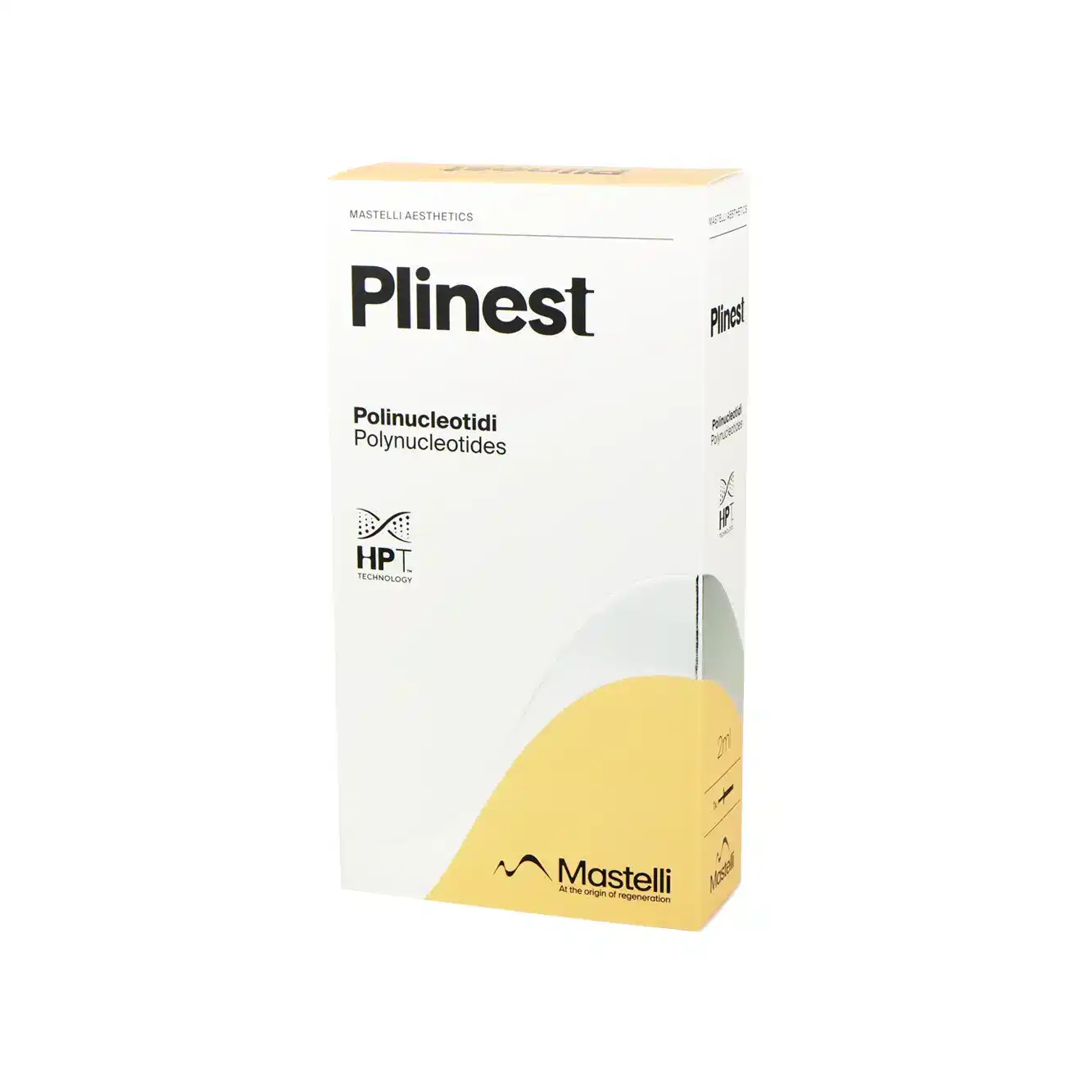Only for Licensed Professionals
Only for Licensed Professionals
.webp)
Plinest Side Effects – From Light to Heavy
David Fuller
Last Updated On: June 16, 2025
Polynucleotide-based injectables are becoming increasingly popular in dermatology for their ability to rejuvenate the skin. Among these treatments, Plinest, which uses Polynucleotides Highly Purified Technology (PN-HPT), is a standout option for those seeking natural-looking skin enhancement. It has garnered attention for its effectiveness in revitalizing areas like the face, neck, and hands, offering a non-invasive solution to skin aging. Despite its growing popularity, there is still a lack of structured guidance regarding its side effects and overall outcomes.
While Plinest is generally well-tolerated by most patients, understanding the full range of possible side effects is crucial for ensuring the best results. From mild reactions like redness and swelling to more pronounced issues, the side effects can vary depending on individual skin types and the areas being treated. Knowing what’s considered normal and when to be concerned can help users make informed decisions about their treatment.
In this article, we’ll explore the side effects of Plinest in detail, covering everything from the most common, mild reactions to more severe cases.
Key Takeaways
- Plinest is a polynucleotide-based injectable that revitalizes skin by stimulating collagen and elastin production, making it a practical and effective choice for skin rejuvenation.
- Mild reactions like redness, swelling, tenderness, and small bumps are common but temporary, typically resolving on their own within a few days.
- More serious side effects, though rare, can include bruising, nodule formation, infection, and allergic reactions. These are usually manageable with proper care and follow-up.
- Patients should follow their aftercare instructions carefully, including avoiding makeup, harsh skincare products, and sun exposure for 24-48 hours post-treatment.
- Contraindications include pregnancy, autoimmune conditions, active skin infections, and severe allergies to product components. Always consult a practitioner to determine suitability.
- Plinest’s effectiveness is best seen through multiple sessions, with visible improvements in skin texture, elasticity, and tone typically appearing after 3-5 treatments.
- Follow-up visits are crucial for monitoring progress and managing any side effects, thereby ensuring optimal results and a smooth recovery.
About: Operating since 2016, Med Supply Solutions is known for being one of the industry’s top and trusted suppliers of cosmetic and viscosupplementation products. If you’re looking to buy Plinest Fillers online, contact our sales department for more information.
Tier pricing
Save 2.02%
6 or more
$97.00 each
Save 4.04%
11 or more
$95.00 each
Save 5.05%
21 or more
$94.00 each
Tier pricing
Save 2.02%
6 or more
$97.00 each
Save 4.04%
11 or more
$95.00 each
Save 5.05%
21 or more
$94.00 each
Tier pricing
Save 2.53%
6 or more
$77.00 each
Save 5.06%
11 or more
$75.00 each
Save 6.33%
21 or more
$74.00 each
Mild Reactions: Redness, Swelling, and Discomfort
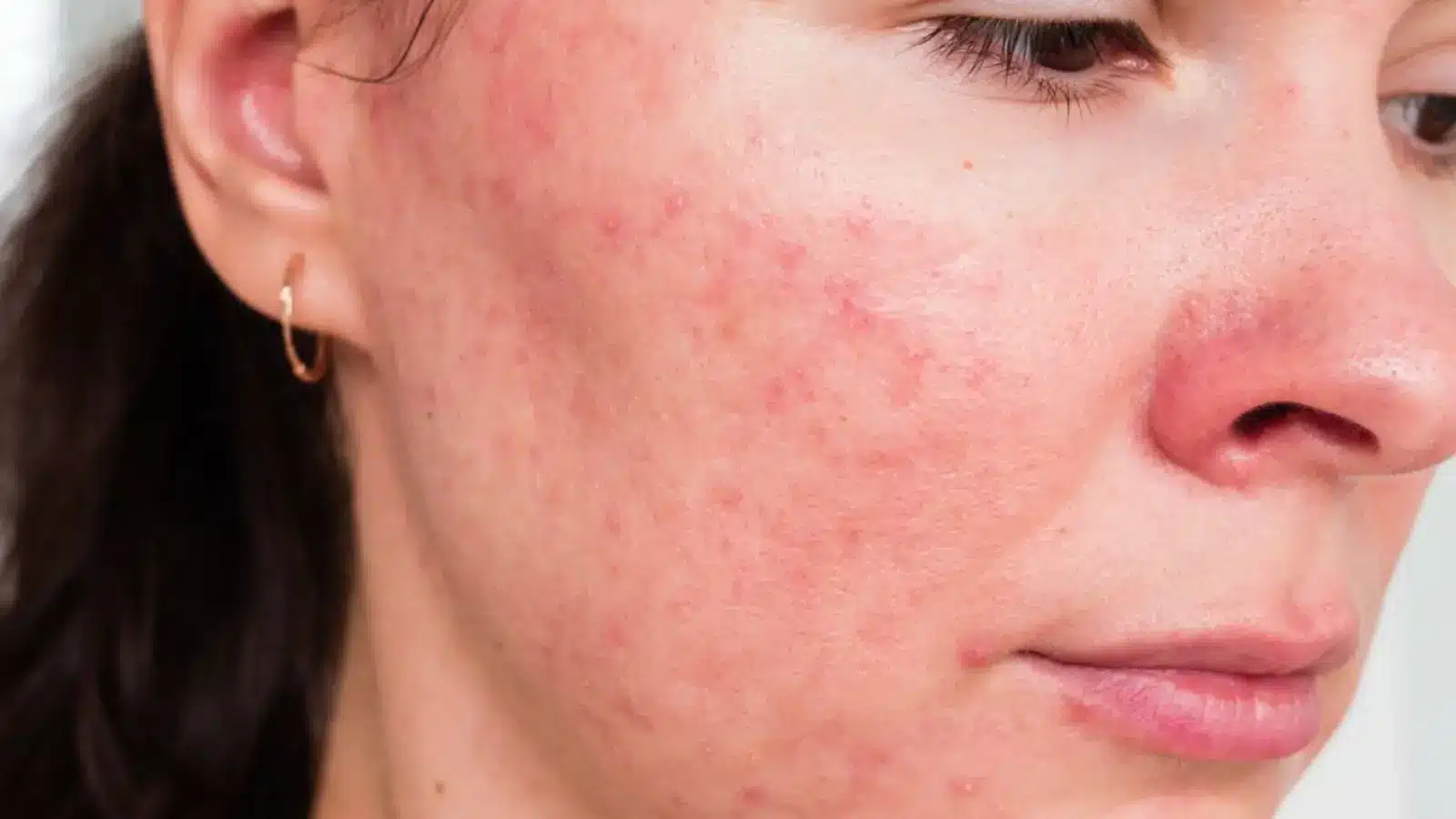
Mild reactions are the most commonly reported side effects of Plinest, especially during the first few hours after treatment. These responses are generally harmless and tend to resolve on their own without medical intervention. However, both patients and practitioners need to understand what to expect and how to manage these reactions for a smoother recovery experience.
Knowing how to handle mild reactions can ensure a more comfortable healing process and keep expectations aligned with the treatment’s natural course.
- Redness and Swelling: Erythema (redness) and puffiness are typical post-injection effects, particularly in sensitive areas like the under-eyes, cheeks, or nasolabial folds. These signs are natural inflammatory responses triggered by the skin’s exposure to microinjections and the introduction of polynucleotides. While these reactions can be a bit alarming at first glance, they are usually short-lived and part of the body’s normal response to the treatment.
- Localized Pain or Itching: Mild tenderness or itching may occur as the skin begins to absorb and respond to the Plinest solution. This is usually transient and doesn’t interfere with daily activities. If discomfort persists or becomes bothersome, applying a cold compress gently can help alleviate symptoms.
- Small Lumps or Bumps: Some patients may notice tiny bumps at the Plinest injection sites, especially if the product was placed too superficially. These lumps are not dangerous and typically flatten out within a few days as the product disperses through the dermis. If they persist, a follow-up consultation with your practitioner is advised to assess the situation.
- Warm Sensation or Tightness: A warm or slightly tight feeling may occur in the treated areas. This is generally due to increased blood flow and skin cell activity stimulated by the polynucleotides. It often fades within 24 hours, indicating that the skin is responding to the treatment.
- Temporary Bruising: Although more common in moderate reactions, minor bruising can occasionally accompany mild side effects, especially in patients with sensitive or thin skin. This is another transient side effect that should fade within a few days.
How to Manage These Reactions
- Apply a clean, cold compress to reduce swelling and discomfort.
- Avoid makeup, harsh skincare products, and direct sun exposure for 24–48 hours.
- Refrain from touching, rubbing, or massaging the treated area unless directed by your provider.
- Stay hydrated and follow your practitioner’s post-treatment advice to support skin recovery.
Mild reactions are a regular part of the skin’s healing and adjustment process following Plinest treatment. Being informed and prepared helps patients feel more at ease and confident in the treatment journey. These manageable side effects are temporary and should not overshadow the long-term skin benefits that make Plinest a popular choice for rejuvenation.
In fact, as seen in Plinest before and after photos, these side effects are a small price to pay for the remarkable transformations in skin texture, tone, and elasticity that occur with time.
Moderate to Rare Complications and Clinical Management
Although rare, some patients may experience more pronounced side effects that require closer monitoring or medical intervention. These reactions are typically manageable with timely care and do not diminish the overall safety profile of PN treatments, such as Plinest, when administered by qualified professionals. Understanding these rarer complications is essential for both patients and practitioners to ensure proper treatment adjustments.
- Bruising: The injection may disrupt small blood vessels, leading to bruising. This is common with any injectable treatment and usually resolves within 5–7 days without intervention. If bruising is excessive or lasts longer than expected, additional care or follow-up treatment may be necessary.
- Nodule Formation: Occasionally, a small lump or nodule may persist longer than expected. This can occur due to superficial placement or slower product absorption. Gentle massage or enzyme treatments may help in persistent cases. This condition is usually not serious and practitioners can often manage this with follow-up care.
- Infection Risk: Although rare, improper injection hygiene may lead to localized infection. Symptoms include redness, warmth, pain, or the formation of pus. Early antibiotic treatment is crucial to prevent further complications and ensure that healing progresses smoothly.
- Allergic Reactions: Allergies to Plinest are infrequent due to its biocompatible, DNA-based formulation. However, a medical professional must immediately evaluate hypersensitivity reactions, such as a widespread rash or facial swelling. These severe reactions are rare and often manageable with quick intervention.
Clinical Tips for Prevention
- Use strict aseptic technique during every injection session.
- Educate patients about aftercare, including the importance of avoiding makeup and refraining from touching the area.
- Schedule follow-up visits 7–10 days after the procedure to ensure optimal recovery and address any concerns that may arise.
Many of the more serious complications associated with injectable treatments are preventable through careful technique and patient education. As evidenced in documented cases before and after transformations, long-term adverse effects are rare when best practices are followed.
Although these complications are rare, understanding them helps set realistic expectations and ensures a safe, practical skin rejuvenation experience.
Contraindications and When to Pause Treatment
Knowing who should not receive Plinest is key to preventing complications. Below are the main contraindications:
- Pregnancy and Breastfeeding: While there are no direct links to harmful effects, experts do not recommend Plinest for pregnant or lactating women due to limited safety data.
- Autoimmune Conditions: Patients with uncontrolled autoimmune disorders may have heightened sensitivity or an unpredictable response to biostimulation.
- Active Skin Infections: Practitioners should first treat herpes outbreaks, acne cysts, or bacterial infections near the injection site before administering Plinest.
- Severe Allergies to Product Components: Though Plinest has a good safety profile and is biocompatible with most skin types, individuals with known reactions to similar injectables should proceed with caution.
Practitioners should also know when to pause treatments. If a patient has recently undergone laser therapy, chemical peels, or is recovering from sunburn, they should delay injections first. Waiting 1–2 weeks helps avoid overlapping irritation.
Patient Counseling and Follow-Up Best Practices
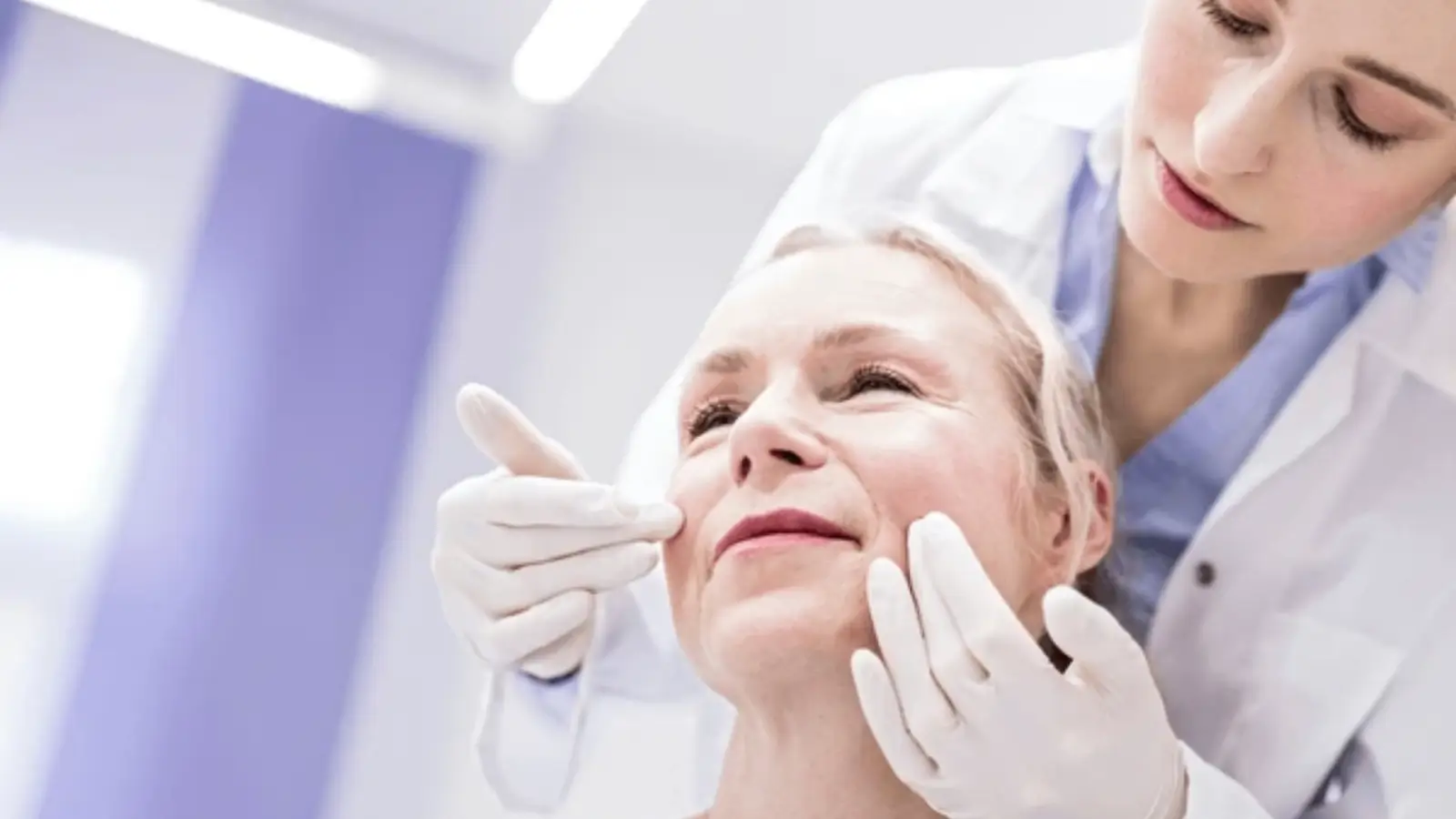
Patient education plays a vital role in minimizing the risk of complications and enhancing treatment satisfaction. Setting realistic expectations is key—patients should understand that redness, swelling, or minor discomfort immediately after treatment is temporary and not indicative of the final result. Emphasize that Plinest’s full benefits often appear after multiple sessions, not overnight.
It’s equally important to discuss side effects transparently. Outline both common and rare reactions, reassuring patients that most are mild and resolve on their own. Providing clear aftercare guidelines can further reduce the likelihood of issues. Remind patients to avoid makeup and sun exposure for 24 hours, skip strenuous activities, and use only gentle skincare products for 2–3 days post-treatment.
Consistent follow-up helps detect delayed reactions and reinforces patient trust. Schedule a check-in within 7–10 days to evaluate results. Additionally, document each session with standardized photographs to accurately track progress. This not only validates the clinical effectiveness of Plinest but also serves as a helpful reference for adjusting future treatments.
Conclusion
Plinest is a safe and well-tolerated biorevitalization solution that offers remarkable results in skin rejuvenation. While Plinest’s side effects are typically mild and temporary, understanding their scope helps patients and professionals navigate treatment confidently.
With proper patient selection, skilled application, and consistent aftercare, practitioners can minimize these risks while maximizing visible skin improvements.
FAQs
1. How long do Plinest side effects last?
Most side effects, such as redness, swelling, or bruising, typically resolve within 1 to 3 days. Your healthcare provider should assess any persistent symptoms lasting more than a week.
2. Can I apply makeup after getting Plinest?
It’s best to avoid makeup for 24 hours after treatment to prevent irritation or contamination at the injection sites.
3. Is Plinest safe for all skin types?
Yes, Plinest is generally safe for all skin tones and types, but individual reactions may vary. Consultation is necessary before starting treatment.
4. How do I know if I’m having a bad reaction to Plinest?
Unusual pain, spreading redness, or signs of infection like pus or fever are warning signs. Contact your provider immediately if you experience these symptoms.
References
Cavallini M, Bartoletti E, Maioli L, et al. Consensus report on the use of PN‐HPT™ (polynucleotides highly purified technology) in aesthetic medicine. J Cosmet Dermatol. 2021;20(3):922-928.
Palmieri IP, Raichi M. Clinical commentary about foreign body complications over 20 years after polymethyl-methacrylate face implants and control of late sequelae with Polynucleotides Highly Purified Technology (PN-HPT® ). J Cosmet Dermatol. 2022;21(11):5537-5542. doi:10.1111/jocd.14950
Products
Cart
Log In
Newsletter
Subscribe for exclusive offers and updates on new arrivals
Share feedback at:
Working Hours
MON - SUN 9AM to 6PM EST
The Most Popular Brands
Med Supply Solutions
Support
Secure checkout is guaranteed with full adherence to PCI DSS payment standards.
Products listed here are guaranteed authentic and manufacturer-sourced.
Pay easily with trusted providers


*Google and Apple Pay are currently only available via a direct link provided by your account manager.
Copyright 2025. Med Supply Solutions
